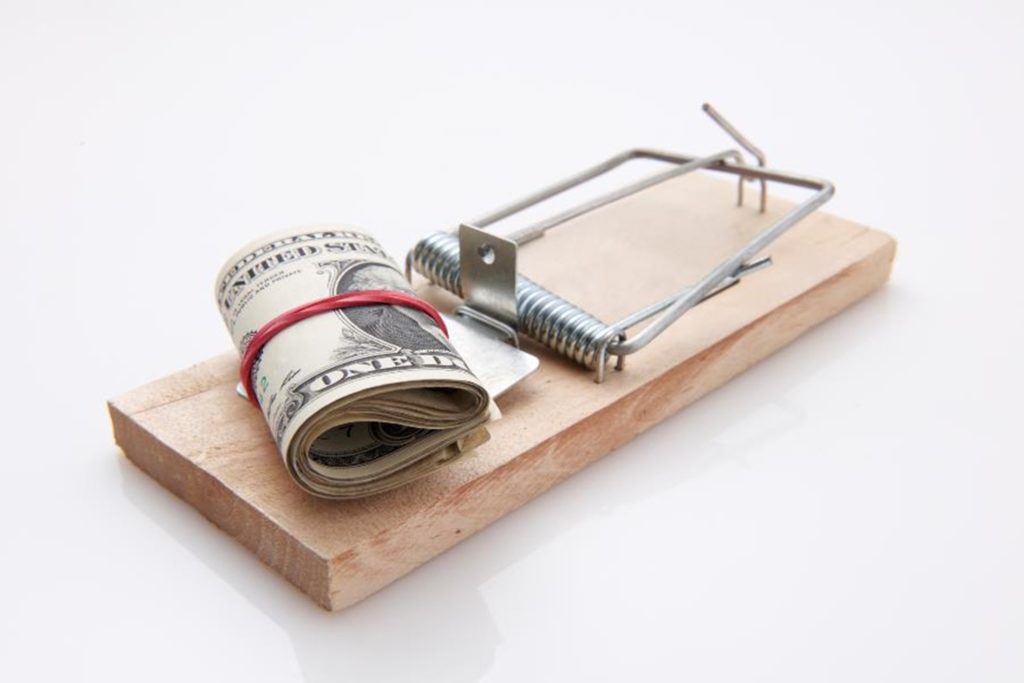Devils (and angels) in the details, Part 2

In early January the California Water Board released its draft proposal for a statewide low-income water bill assistance program. My last post summarized the path-breaking proposal and its promise for addressing affordability in the Golden State. It’s an admirable piece of work on a challenging and complex issue. The next couple posts wade into the tall policy grass in search of snakes. This one looks at the volume of water to be subsidized under the proposal.
Assistance for how much water?
An assistance program for water implies that there is some level of water consumption that is socially important, and that without assistance, water consumption would either fall below that level or force households to sacrifice other essential goods in order to pay for water. What is that level of water consumption? How much water is so important that taxpayers should subsidize it?
For California’s draft assistance proposal, the answer is 12 ccf (about 9,000 gallons) monthly per household.
Consumption in context
Not all residential water use is the same. Public policy discussions of water affordability are mostly concerned with essential needs like drinking, cooking, cleaning, and sanitation. We’re not generally concerned with the affordability of watering lawns, washing cars, or filling swimming pools.

The proposal’s 12 ccf price guideline implies 75 gallons per capita per day (gpcd) for a family of four. To give some context, California utilities average about 100 gpcd, which makes 75 gpcd seem pretty low. But it’s much higher than California’s 55 gpcd water efficiency standard (set to drop to 50 gpcd by 2030), and higher than typical water use in many California communities today. My own past affordability analyses have assumed 50 gpcd for essential use*; conservative San Francisco already averages just 42.4 gpcd for overall demand (not just essential use).†
There’s nothing magic about any of these numbers; in the end, the level of water consumption that is deserving of public subsidy is a decision to be made through the democratic process. But 12 ccf is a lot of water if the policy’s aim is to provide for essential water use. The draft proposal notes that the 12 ccf level is intended to allow for larger households and “modest amounts of outdoor irrigation.”
A perverse incentive
Why does any of this matter? Beyond the normative question of whether taxpayers ought to subsidize outdoor irrigation, a 12ccf standard may have the unintended effect of pushing water utilities toward less affordable, less conservation-oriented pricing.
Low fixed rates and low prices for essential water use make water affordable for everyone, whether or not they participate in an assistance program. Coupled with progressively higher volumetric prices, such rate structures help keep water affordable and encourage conservation. Unfortunately, many utilities have recently responded to falling average demand and revenue volatility by raising fixed rates and imposing higher costs for low-volume use. That’s good for utility revenue, but bad for affordability.
That’s where the perverse incentives creep in. A 12 ccf standard for assistance is likely to exacerbate the trend toward utilities raising fixed charges and low-volume rates. With the state’s assistance program providing aid to low-income customers, utilities can raise rates on volumes below 12 ccf with less concern for affordability impacts. That will naturally dampen the conservation incentive, as higher priced water becomes less expensive. Less obviously, higher prices for lower volumes will exacerbate affordability problems for anyone who is not enrolled in the assistance program. The draft proposal assumes an 84% participation rate; for the 16% of households who don’t participate (for whatever reason), affordability will probably get worse.
A footnote acknowledges a danger of strategic rate-setting (told you I’d get into the weeds!), observing that systems could respond to the assistance program by “shifting the rate burden to consumption levels below 12 CCF, and thus elevate the benefit for eligible households.” Apparently the concern is that utilities will game the assistance program as a means of channeling more state money to local customers. But from an affordability perspective, the more worrisome prospect is that the state’s assistance program will incentivize regressive pricing that ironically makes water less affordable for many.
This perverse incentive will exist no matter what volume is subsidized, but the greater the volume subsidized, the more perverse the incentive will be. If an assistance program is supposed to support a human right to water, then a more modest 6-8 ccf standard for support is more defensible and less susceptible to rate design gamesmanship.
*My January 2018 article on affordability measurement prompted a grouchy email from a San Francisco official who complained that 50 gpcd was an unrealistically high essential volume for evaluating affordability
†I chuckled when typing: “conservative San Francisco.” Our language is funny, sometimes.
